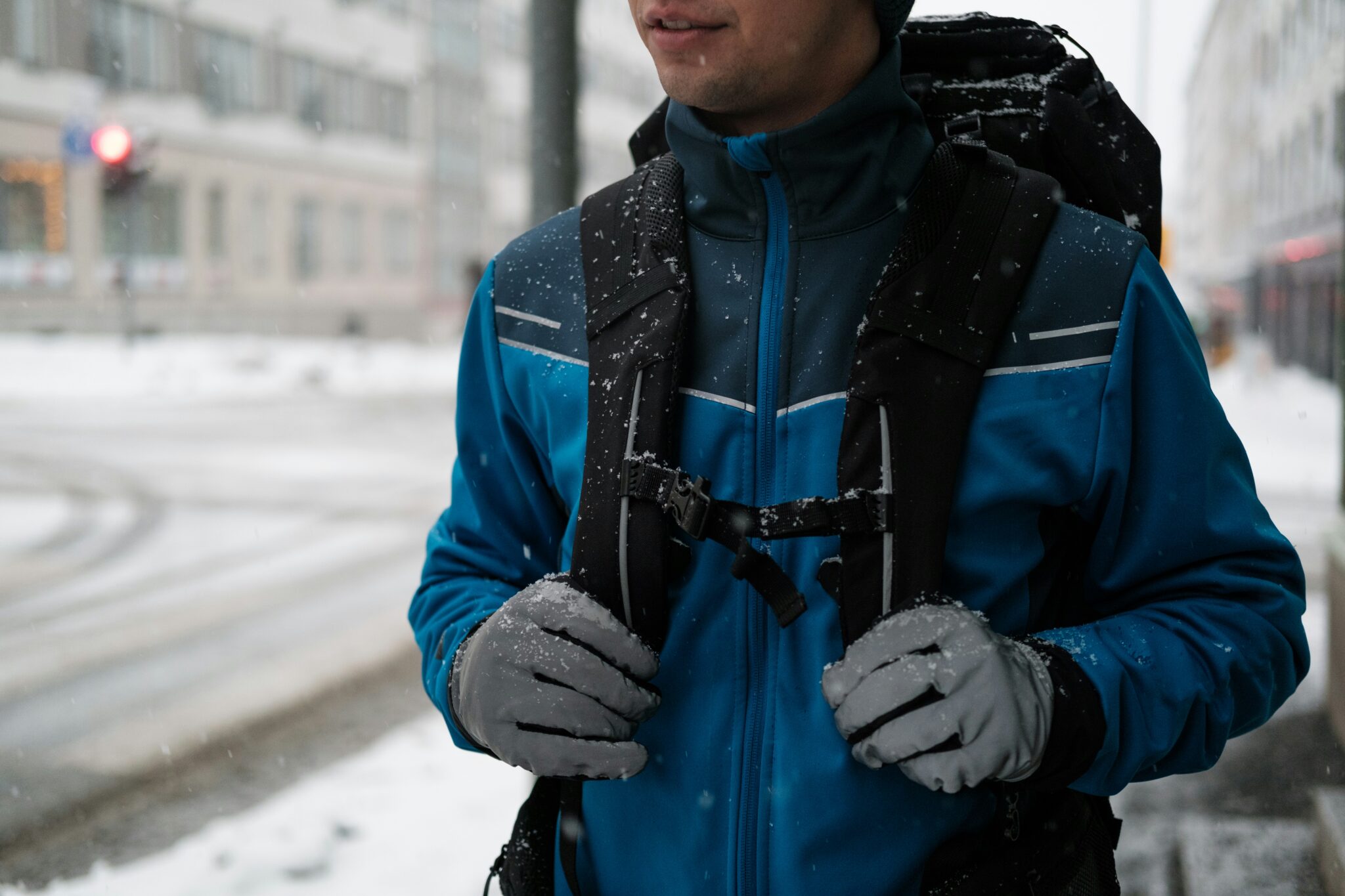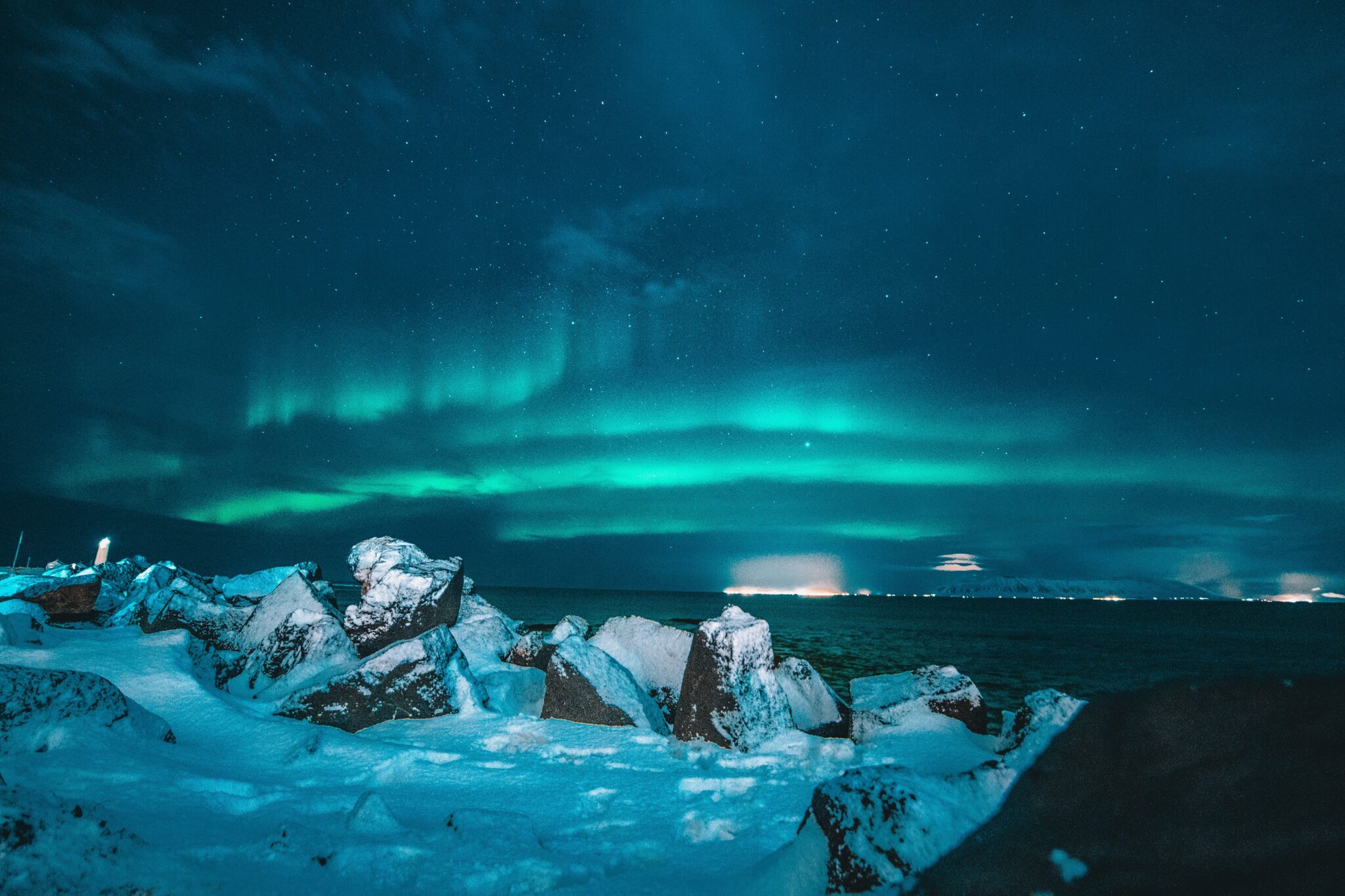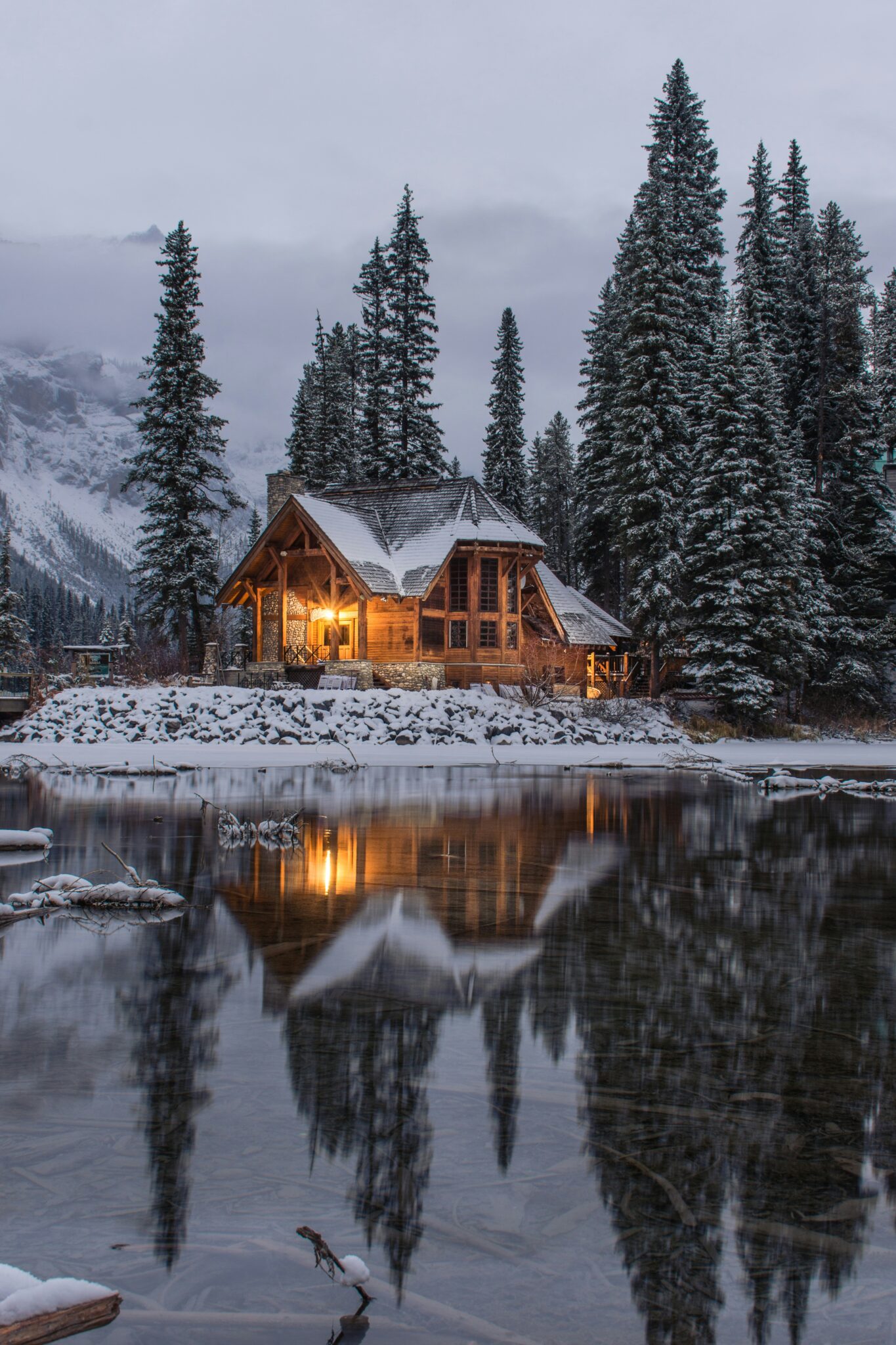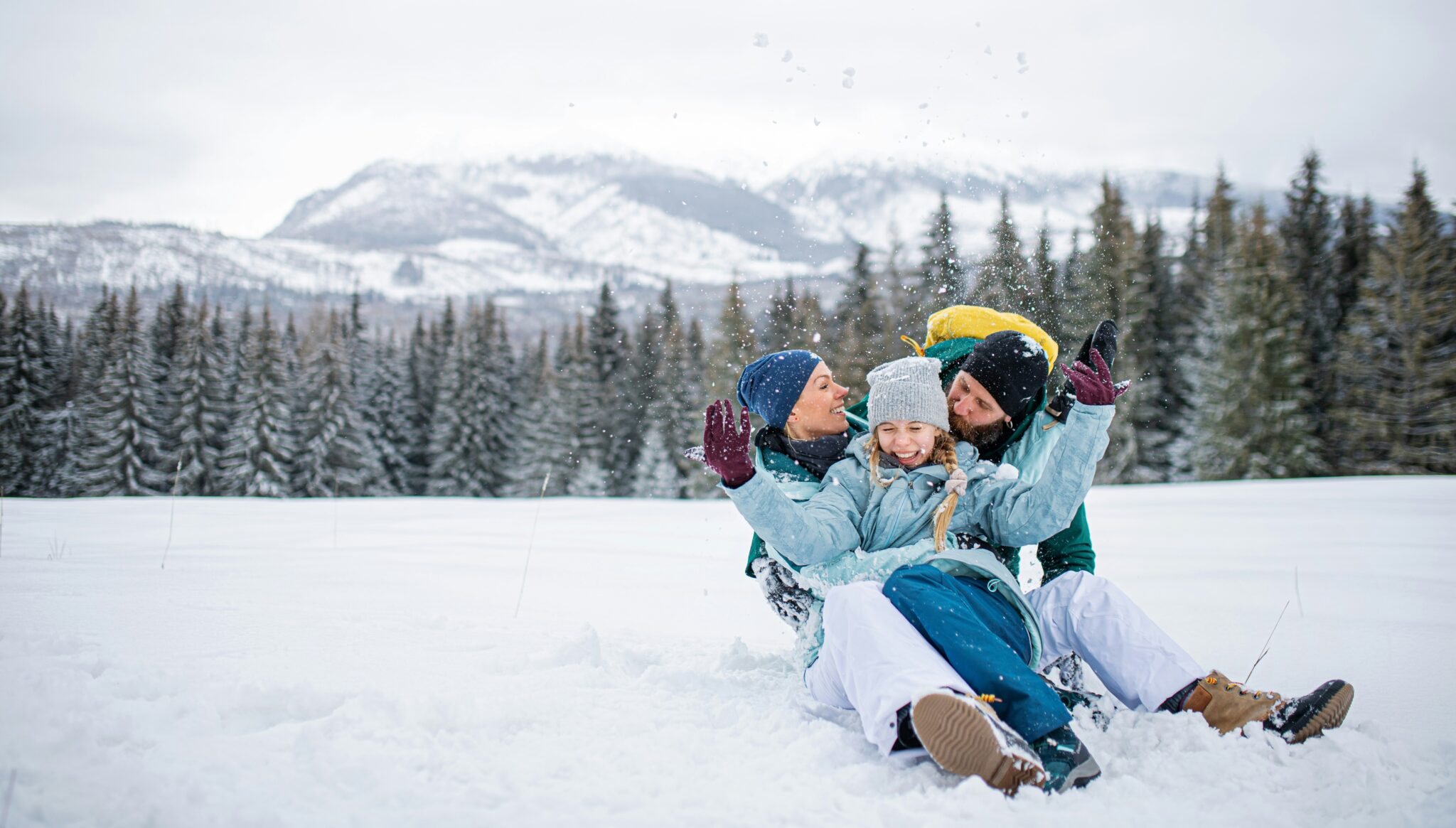Table of Contents
Embarking on your first skiing or snowboarding holiday is an exciting adventure full of new experiences. From the crisp mountain air to the thrilling rush of gliding down snowy slopes, there’s something uniquely rewarding about these winter sports.
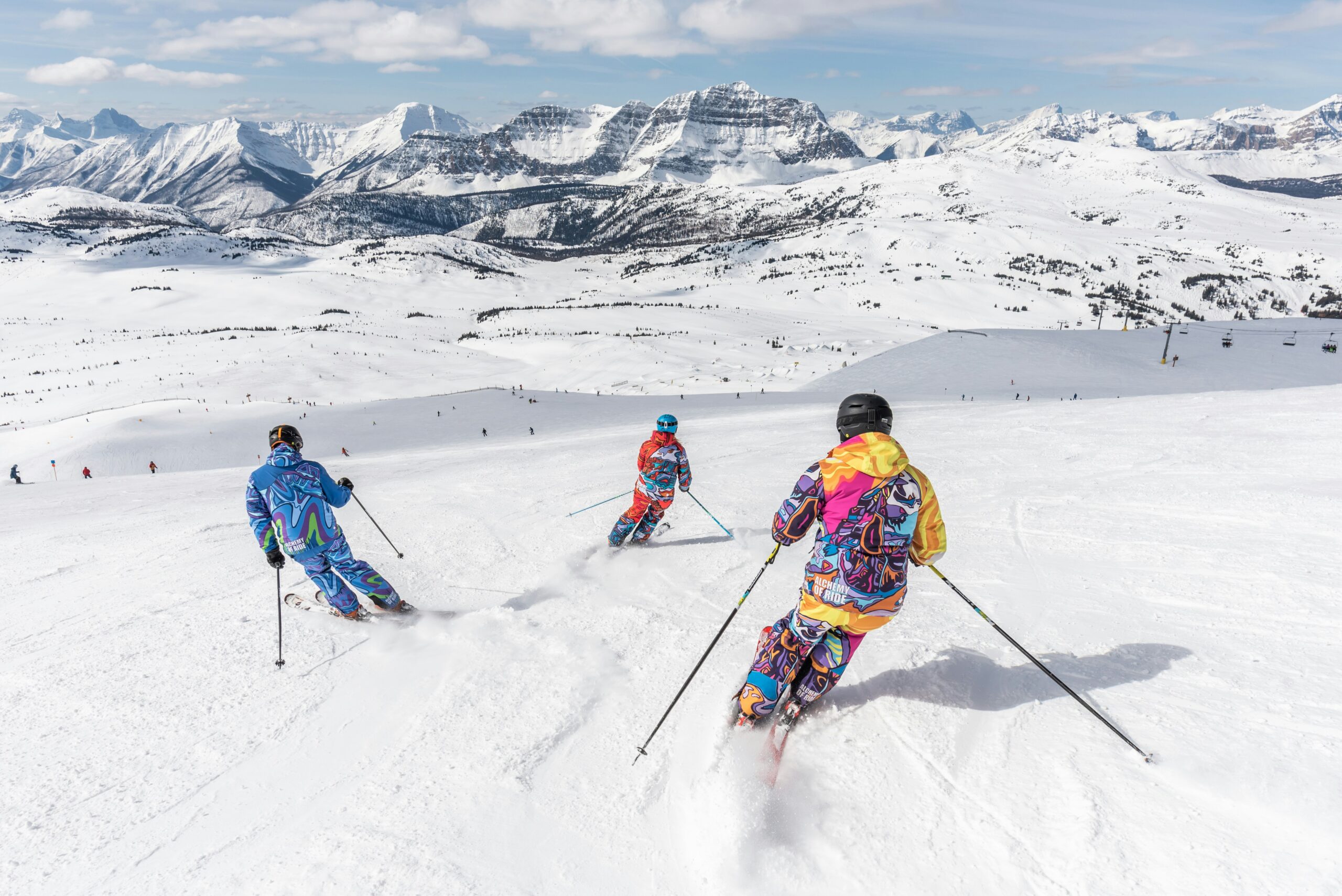
As a beginner, it’s important to learn some basic techniques to make your time on the slopes more enjoyable.
When skiing, focus on learning how to slide forwards, as it is the foundation for mastering other skills.
For snowboarding, remember to respect etiquette, such as not cutting the queue at the ski lift and giving way to riders in front.
Being fit can greatly enhance your skiing or snowboarding experience. Beginners may experience aching legs due to the physical demands of the sports. The fitter you are, the quicker you will learn and the more fun you will have on your holiday.
Avoid alcohol while on the slopes; it can affect your coordination and safety.
Get ready for a thrilling winter sport adventure at your chosen resort, and enjoy the snow!
Getting Ready for the Slopes
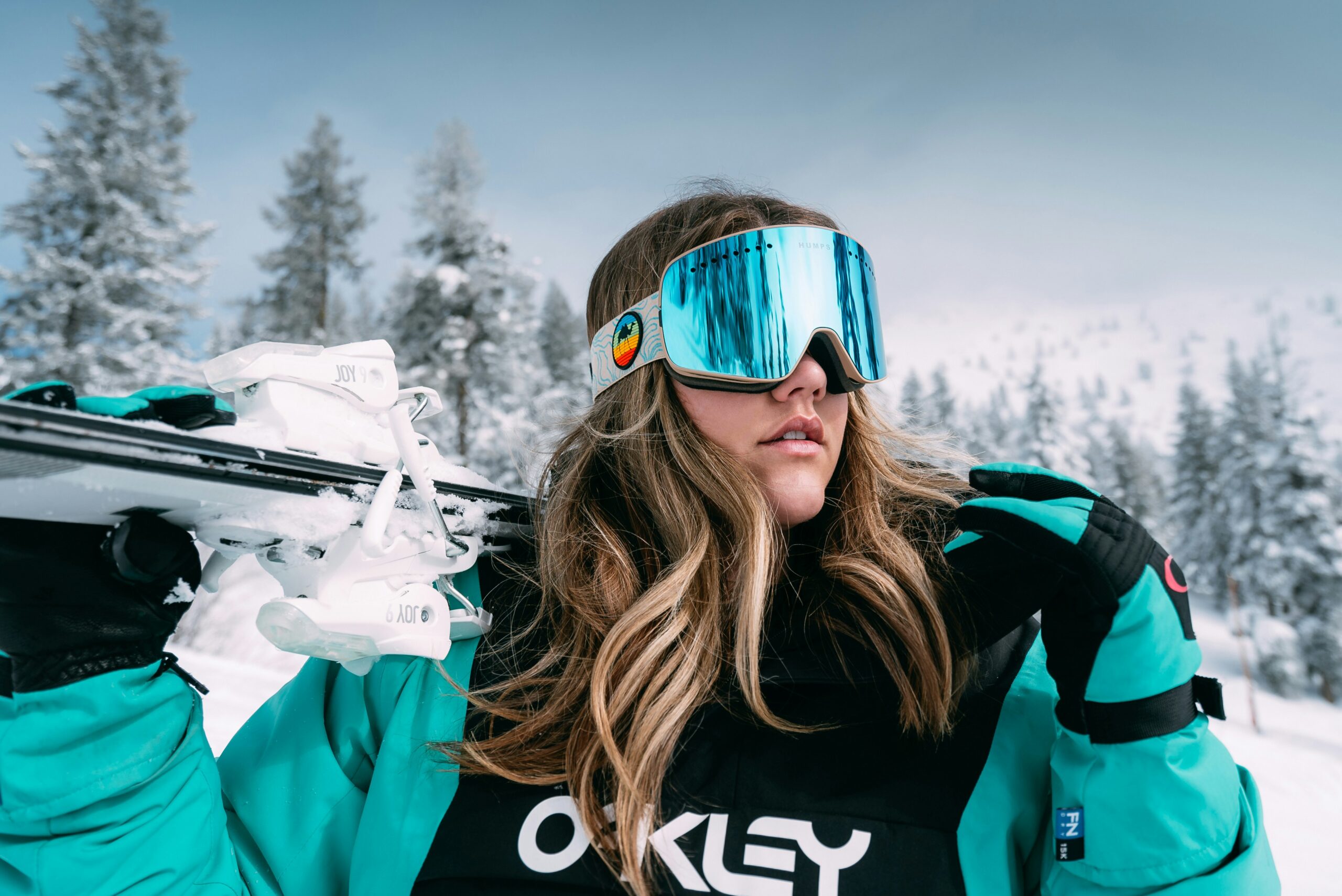
To enjoy skiing or snowboarding, it’s essential to be well-prepared. This includes selecting the right gear, understanding the importance of good boots, and doing some fitness preparation. Both skiers and snowboarders need a good basic level of fitness to handle the physical demands of the slopes.
Choosing the Right Equipment
Picking the correct gear sets the tone for your entire experience.
When it comes to skiing, you need to choose skis that match your skill level and style. Novices should look for shorter skis as they’re easier to control.
Snowboarders should select a board based on their personal preference, such as freestyle, freeride, or all-mountain boards.
Also, make sure your equipment fits properly to avoid discomfort or injury.
Investing in good quality gear can make a big difference and help you have a great day on the slopes. Choosing the right resort is also important, as some are better suited for either skiing or snowboarding.
Understanding Ski and Snowboard Boots
Comfortable and well-fitting boots are crucial.
For skiing, ski boots that properly support your feet and ankles can prevent aching legs and improve your performance.
Snowboarding boots should be snug but not too tight, providing both comfort and control.
Pay attention to how the boots feel when you move; they should not pinch or cause pressure points.
It’s often worth renting or trying multiple pairs to find what works best for you.
Remember, your boots are the primary point of contact with the ski or snowboard, so getting them right is key.
Pre-Trip Fitness Preparation
Physical fitness is important for skiing and snowboarding.
Strengthening your legs is particularly beneficial as it helps you handle the demands of the slopes.
Focus on exercises like squats, lunges, and leg presses to build muscle.
Cardiovascular fitness is also crucial; activities like running, cycling, or swimming can improve your endurance.
Being in good shape can reduce fatigue and minimise the risk of injury.
Start your fitness preparations a few weeks before your trip to ensure you’re ready to tackle the slopes with confidence.
Mastering the Basics for Beginner Skiers
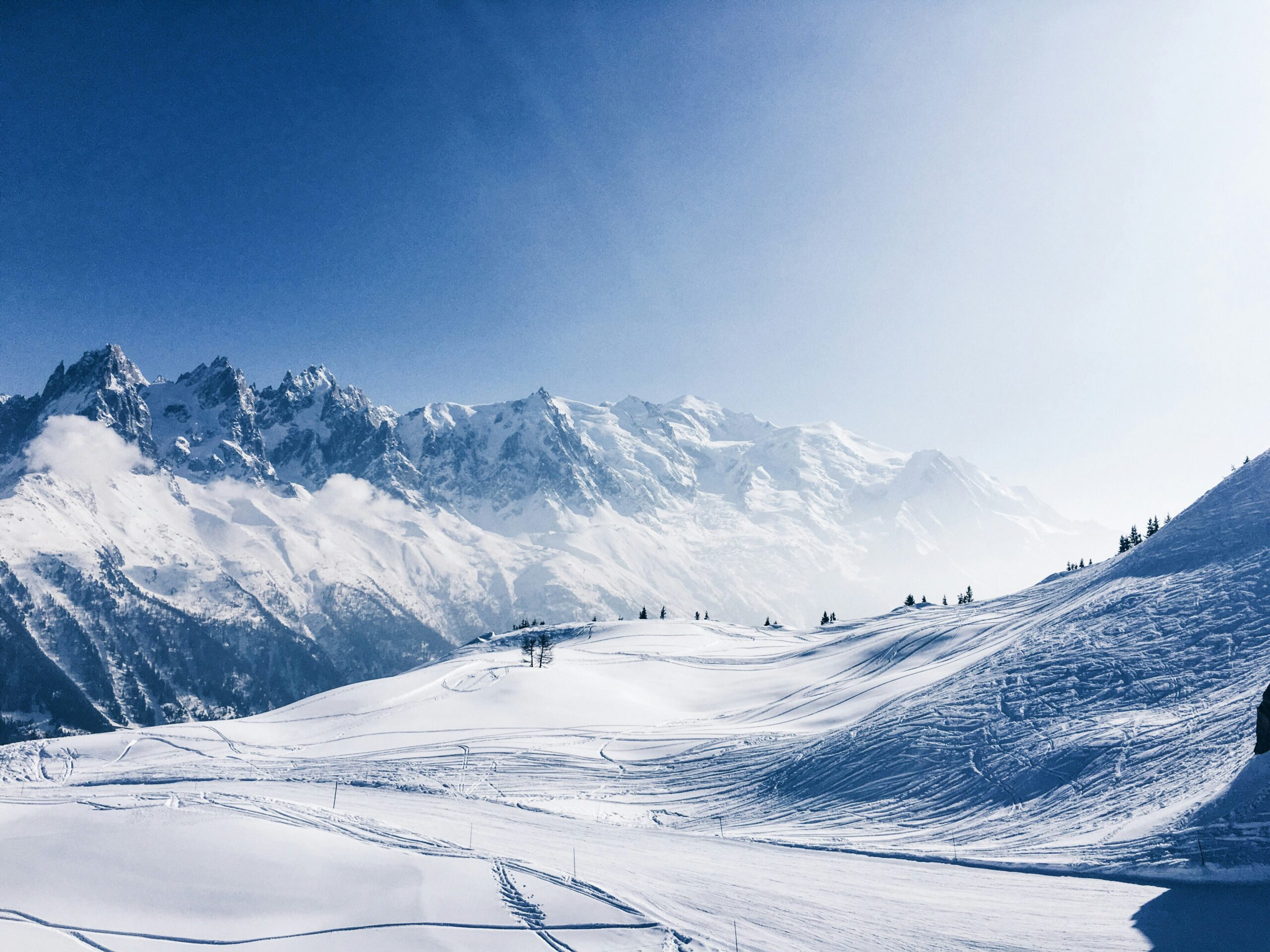
Learning to ski or snowboard can be both thrilling and challenging. It’s essential to start with the right mindset and focus on building a strong foundation of skills and techniques.
The First Day on Snow
Your first day on the slopes is crucial. For beginner skiers and snowboarders, starting with a lesson can make a huge difference.
Certified instructors will teach you basic movements, help you get comfortable with your equipment, and provide safety tips. Starting with a ski lesson is essential to build a strong foundation and ensure you progress safely.
It’s important to wear appropriate gear, including a helmet, gloves, and layered clothing to keep warm.
Spend time getting used to balancing on your skis or snowboard on a gentle slope before attempting any more challenging runs.
Ski and Snowboard Techniques
Mastering basic techniques is key to enjoying the sport safely.
For skiing, you should learn how to make a snowplough (or “pizza”) stop, which involves pointing your ski tips together while keeping the tails apart to slow down.
For snowboarding, focus on mastering how to turn and control your edges.
Balance is crucial in both sports. Practice standing on one foot to improve your balance and gain more control.
Edging is another important skill—knowing how to use the edges of your skis or snowboard to make smooth turns can make your ride more enjoyable and help you avoid falls.
Controlling Speed and Learning to Stop
Managing your speed and knowing how to stop are critical skills for staying safe.
For skiers, the snowplough technique is your best friend when it comes to stopping or slowing down on beginner slopes.
As you become more confident, you can learn parallel turns to control speed more efficiently.
For snowboarders, mastering the “heel edge” and “toe edge” stops is key.
Practising these stops on gentle slopes is essential before moving on to steeper terrain.
Focus also on your stance – balancing your weight evenly over your skis or snowboard can greatly improve your control and reduce the risk of accidents.
The Etiquette of the Slopes
Respecting slope etiquette is not only about politeness but also safety.
Always give way to the rider in front of you; they have the right of way.
Never stop in the middle of the slope or in places where you are not visible to other riders.
When using ski lifts, follow the rules: don’t cut lines, and move away promptly after getting off to avoid holding up others.
For junior skiing lessons, it’s important to teach these rules early so that good habits are established.
Good etiquette helps everyone enjoy their time on the slopes and reduces the risk of collisions and frustration.
Taking Skiing and Snowboarding Lessons
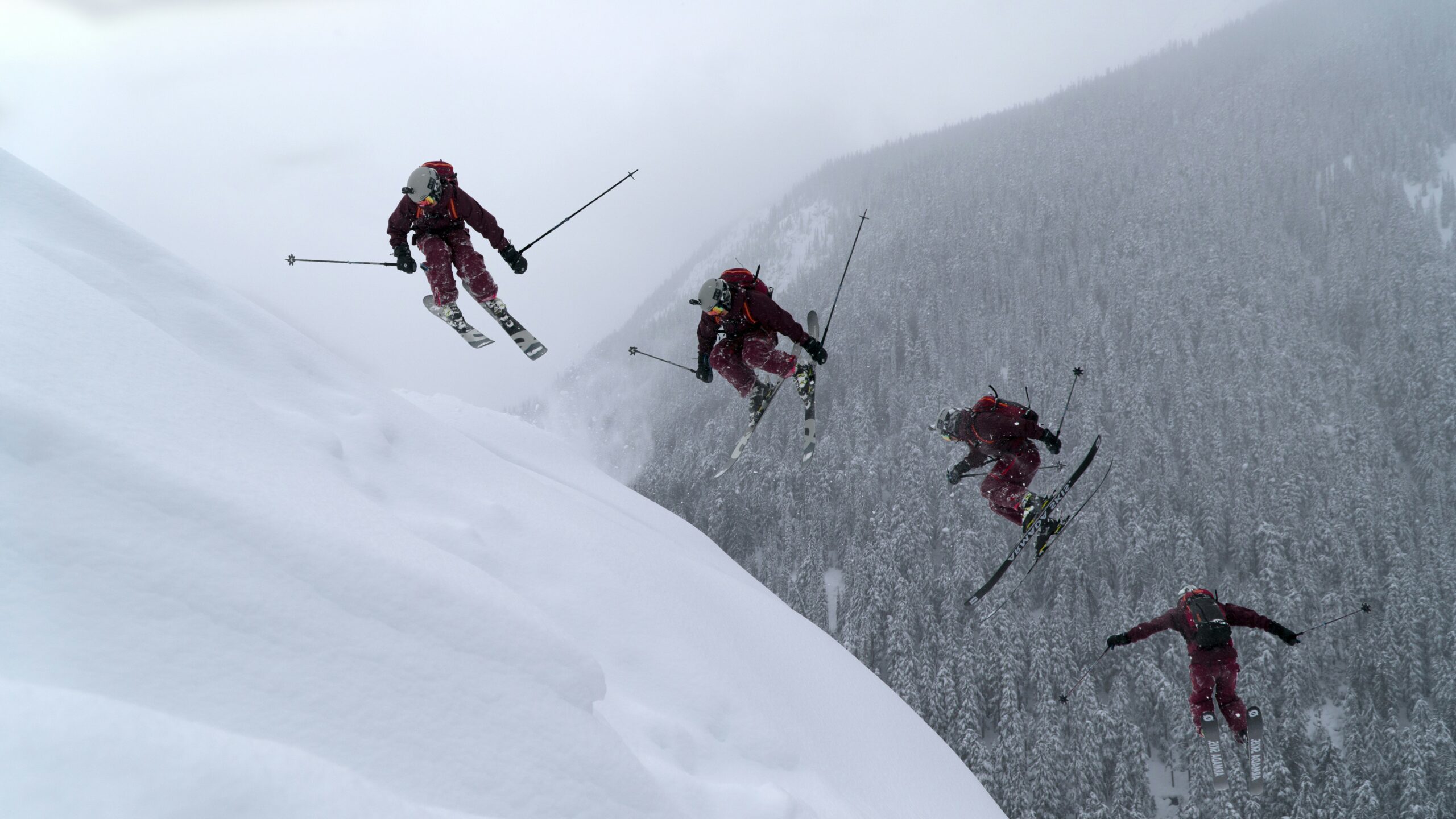
Learning to ski or snowboard can be an exciting adventure. Whether you choose group lessons or private lessons, finding the right instructor and knowing when to advance are key. It’s important to choose the right level ski lesson based on your skill level.
Lessons usually cover basic skills and safety. Together group lessons can be a fun and social way to learn.
Group Versus Private Lessons
Group lessons are a cost-effective way to learn. You join other beginners, making it a social and fun experience.
Lessons usually cover basic skills and safety. Together group lessons can be a fun and social way to learn. You get to practise together, which can be encouraging.
Family skiing lessons are great in this format as everyone learns at their own pace.
On the other hand, private lessons offer personalised attention.
The instructor tailors the lesson to your needs, which can accelerate learning.
Adult skiing lessons in a private setting can focus specifically on adult beginners, making the experience more comfortable.
Selecting a Ski Instructor
Choosing the right ski instructor is crucial for progression.
Look for certified instructors with experience in teaching beginners. They can help you choose the right level ski lesson based on your skill level. They should be friendly, patient, and clear in their instructions.
You might find it helpful to ask about the instructor’s teaching style.
Some instructors specialise in teaching children, while others might be better with adults.
Inquire about their experience with both skiing and snowboarding if you plan to switch between the two.
Progressing to the Next Level
Progression in skiing or snowboarding depends on practice and confidence.
After your first week, assess your comfort on basic slopes.
If you’re ready, your instructor will introduce more challenging terrain, including some off-piste areas.
Regular lessons help you build skills steadily. Pay attention to feedback and practice regularly.
As you progress, you’ll find skiing and snowboarding easier and more enjoyable.
Gradually, you’ll be ready for more advanced techniques and even more exciting runs.
Beyond the Basics
Once you’ve mastered the initial stages of skiing and snowboarding, it’s time to explore more challenging terrains and enhance your skills further. This includes venturing into off-piste areas and perfecting jumps and tricks.
Exploring the Mountains and Off-Piste Areas
Exploring beyond the marked pistes can be an exhilarating experience.
Off-piste areas offer untouched snow and more freedom to carve your path.
Ensure that you are well-prepared with the right equipment and safety gear.
Avalanche transceivers, probes, and shovels are essential for safety, and it’s crucial to know how to use them.
Always check the weather and snow conditions before heading off-piste.
Ski lifts can take you close to these areas, but remember that visibility and weather can change rapidly.
Skiing with a partner or group is highly recommended.
It’s not only safer but also more fun to share the adventure with others.
If you’re new to off-piste skiing, consider taking a guide who knows the terrain well.
They can help you navigate safely and maximise your enjoyment.
Advancing Your Skills with Jumps and Tricks
Learning jumps and tricks is a thrilling aspect of skiing and snowboarding.
Start with small jumps to build your confidence. The most important thing is to get comfortable with your balance and body movements in the air.
Ensure you practice on soft snow to cushion any falls.
Progress gradually to more complex tricks.
Some common tricks include grabs, spins, and flips.
Watching tutorials and working with a coach can accelerate your progress.
Practising in terrain parks designed for jumps can help, as these often have safer, controlled environments.
Understanding your body’s limits is key.
Warm up thoroughly to avoid injuries, and never attempt a trick without understanding the basic mechanics.
Patience, practice, and persistence are your allies as you work to master jumps and tricks, making your skiing and snowboarding holiday even more exciting.
